Creatures native to an area, such as this gull, belong in that ecosystem, whether or not they’re appealing to humans.
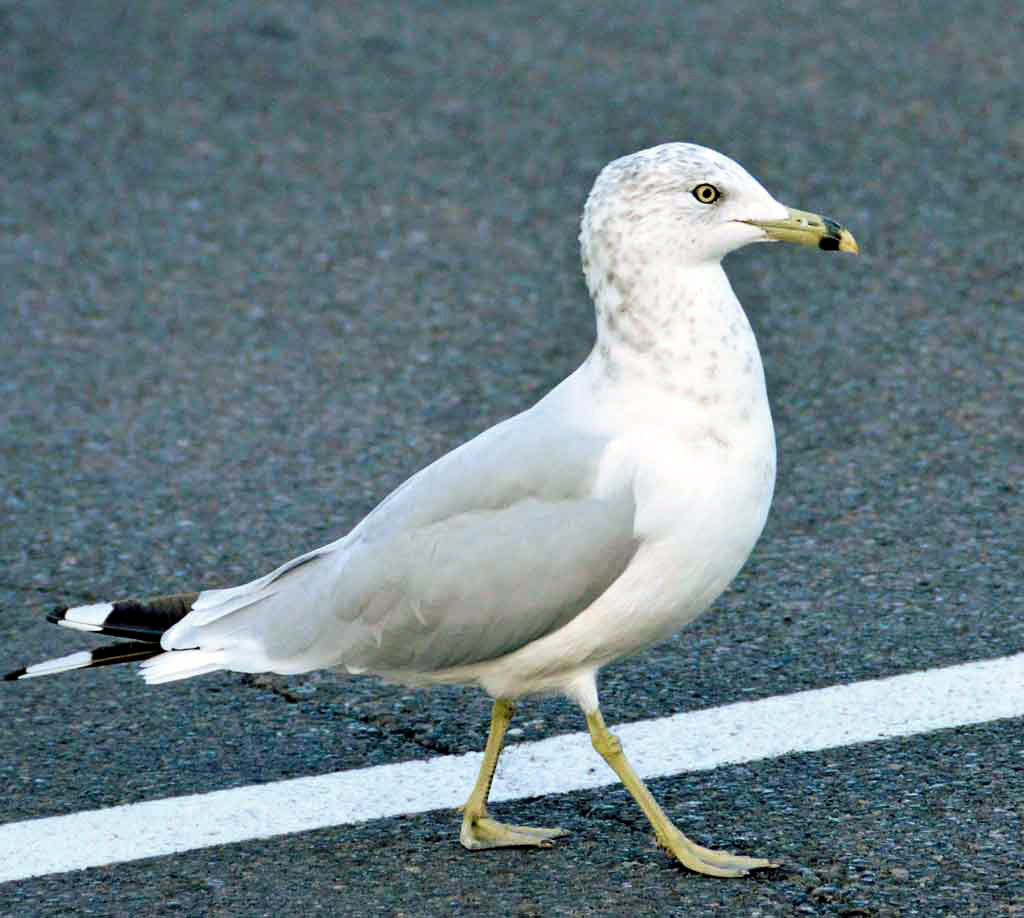
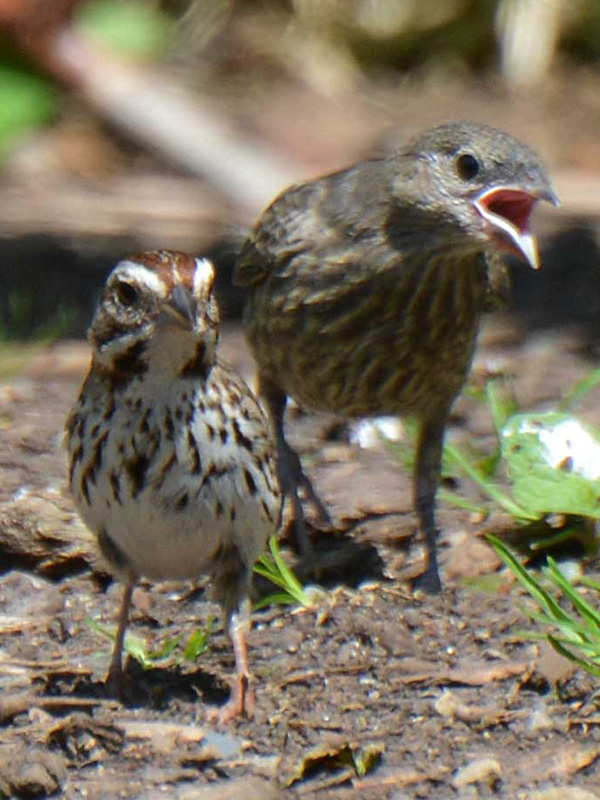
But some native creatures — generally due to ways people have changed the environment — have become out of balance in their native ecosystems:
This cowbird baby, for example, is outcompeting the song sparrow’s own offspring for food.
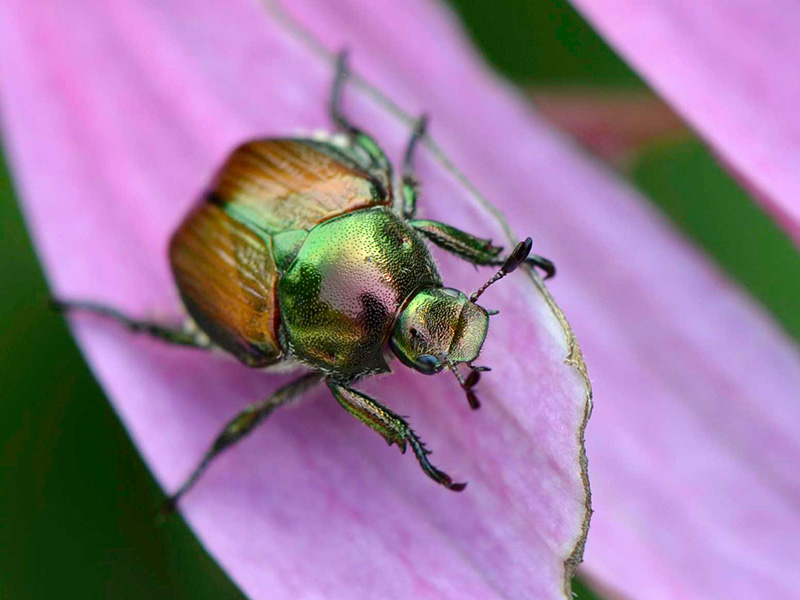
And non-native creatures, such as the Japanese beetle, often cause problems because native plants and animals haven’t evolved with them and so have few defenses against them.
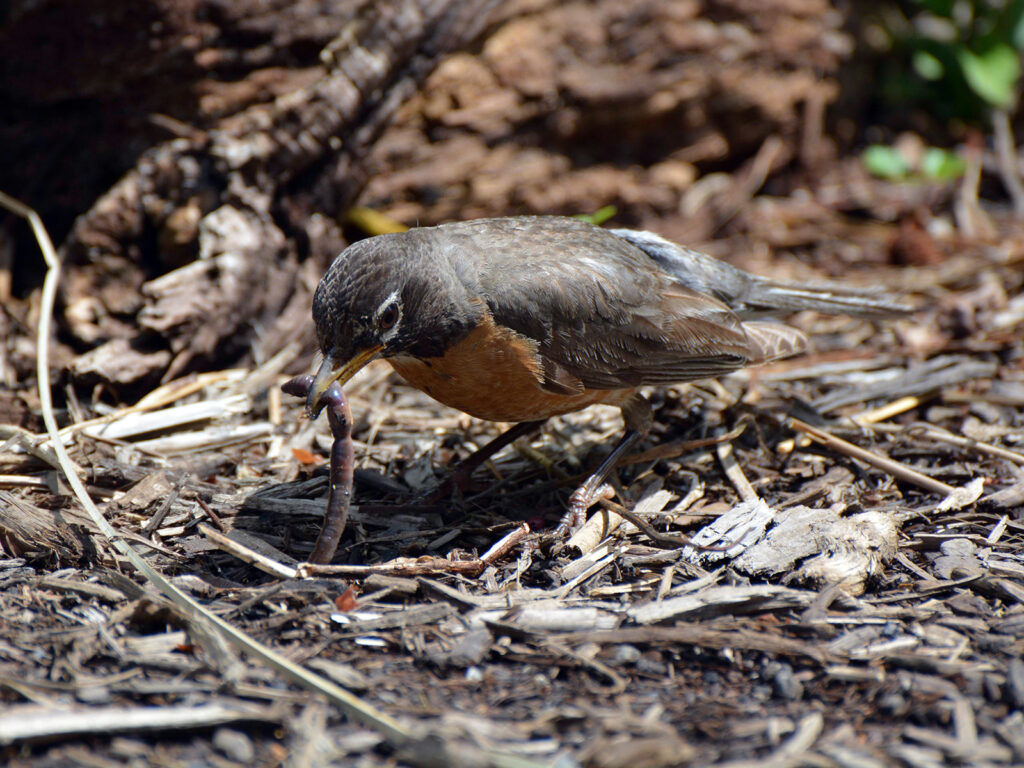
That worms are food for robins doesn’t make them desirable!
These non-native invaders include:
- Earthworms (yes, earthworms, at least in our region!)
- The “usual” European worms we’re accustomed to
- The newer invasion of Asian jumping worms
- Birds
- House sparrows
- European starlings
- Insects
- Japanese beetle
- Viburnum leaf beetle
- Honey bee?
- Cabbage white butterfly
- (and many others…)
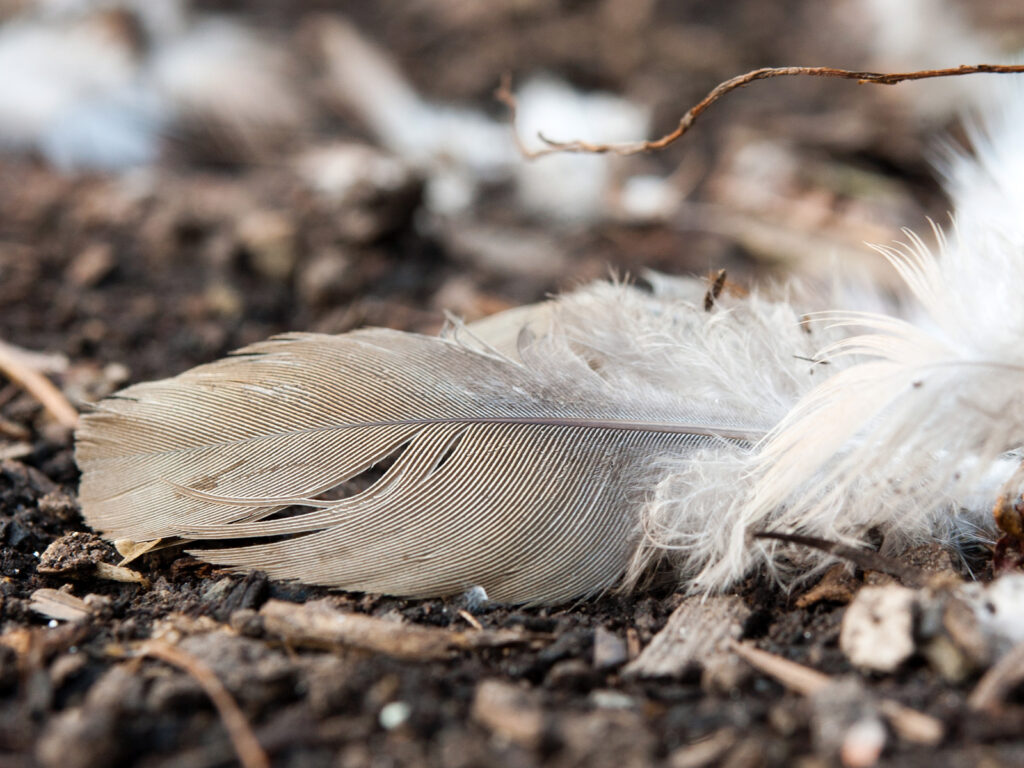
And don’t forget CATS, another non-native (yes, non-native!) creature wreaking havoc in our yards and beyond.
Reflections
It’s the flock, the grove, that matters. Our responsibility is to species, not to specimens; to communities, not to individuals.
~ Sara Stein, Noah’s Garden, 1998
A thing is right when it tends to preserve the integrity, stability, and beauty of the biotic community. It is wrong when it tends otherwise.
~ Aldo Leopold
